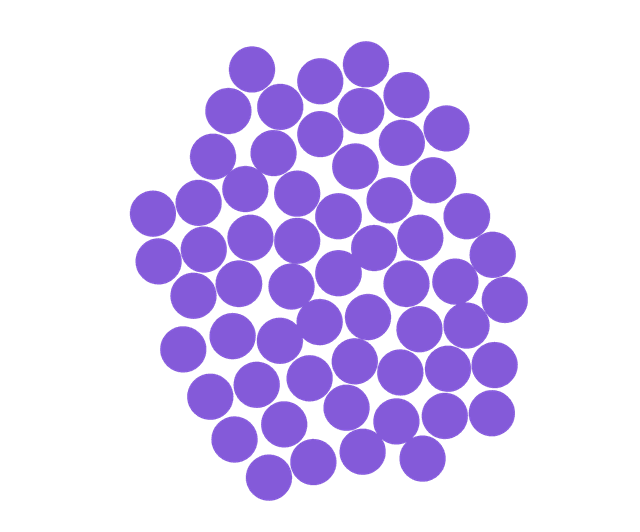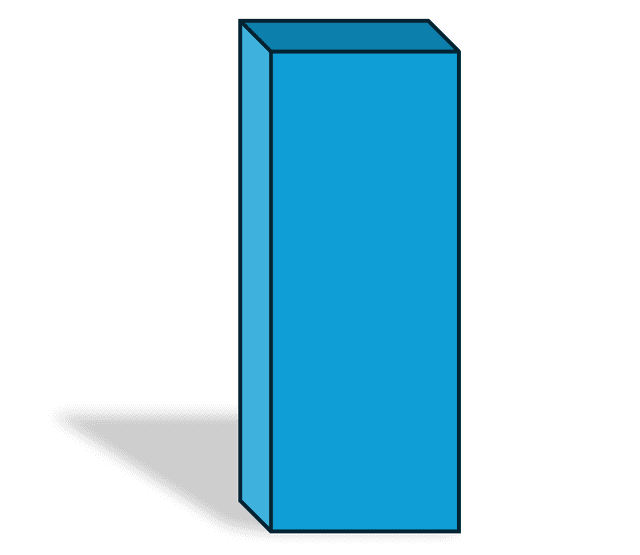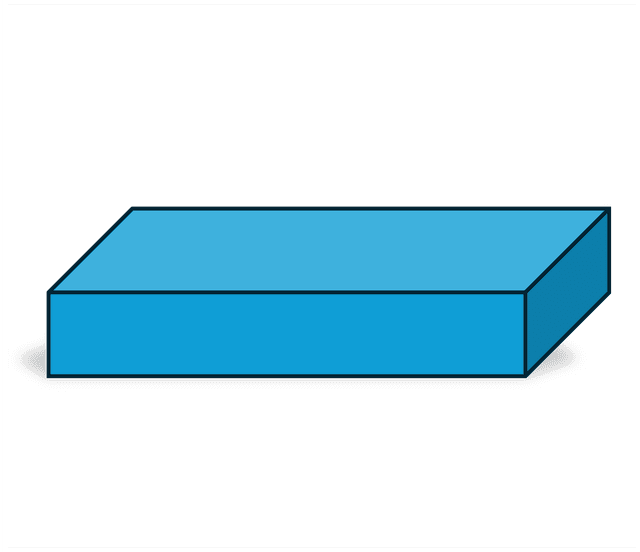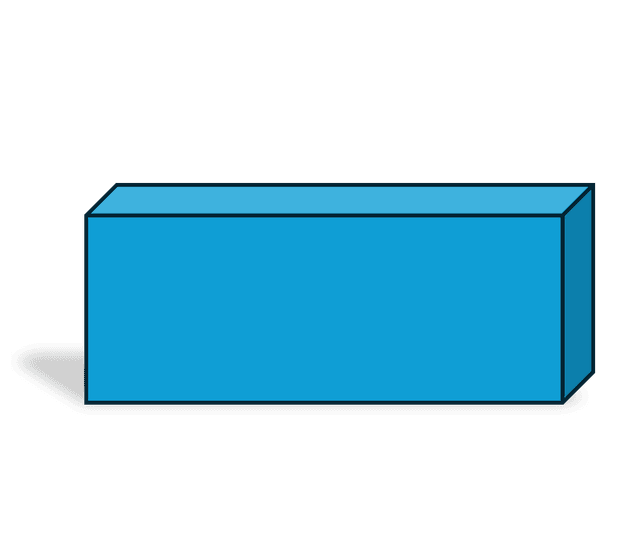Pressure in a fluid
I can explain the causes of pressure in a fluid.
Pressure in a fluid
I can explain the causes of pressure in a fluid.
These resources will be removed by end of Summer Term 2025.
Lesson details
Key learning points
- The particles in liquids and gases move very quickly and randomly in every direction; they are both fluids.
- Particles in liquids are very close together; the gaps between particles in gases are much larger than the particles.
- The pressure at any point in a fluid is the same size in every direction.
- The particles in a fluid exert pressure on a surface by colliding with it.
- Pressure is calculated using the equation: density = force ÷ surface area.
Keywords
Atom - the building block of matter; even small pieces of matter have trillions of atoms
Particle - a term used to describe atoms or molecules which make up matter
Fluid - a liquid or a gas; fluids can flow as the particles can move around each other
Pressure - caused by a force acting over an area on a surface; it can be calculated using: pressure = force ÷ area
Common misconception
The pressure at a particular depth depends on the shape of the container the liquid is in.
Demonstrate different shaped containers with the same depth of water in each and an identical shaped hole 1 cm above the base of each. Identical sized jets of water should shoot out of each hole as the pressure at each hole is (initially) the same.
To help you plan your year 10 physics lesson on: Pressure in a fluid, download all teaching resources for free and adapt to suit your pupils' needs...
To help you plan your year 10 physics lesson on: Pressure in a fluid, download all teaching resources for free and adapt to suit your pupils' needs.
The starter quiz will activate and check your pupils' prior knowledge, with versions available both with and without answers in PDF format.
We use learning cycles to break down learning into key concepts or ideas linked to the learning outcome. Each learning cycle features explanations with checks for understanding and practice tasks with feedback. All of this is found in our slide decks, ready for you to download and edit. The practice tasks are also available as printable worksheets and some lessons have additional materials with extra material you might need for teaching the lesson.
The assessment exit quiz will test your pupils' understanding of the key learning points.
Our video is a tool for planning, showing how other teachers might teach the lesson, offering helpful tips, modelled explanations and inspiration for your own delivery in the classroom. Plus, you can set it as homework or revision for pupils and keep their learning on track by sharing an online pupil version of this lesson.
Explore more key stage 4 physics lessons from the Particle explanations of density and pressure unit, dive into the full secondary physics curriculum, or learn more about lesson planning.

Licence
Starter quiz
6 Questions



Exit quiz
6 Questions





